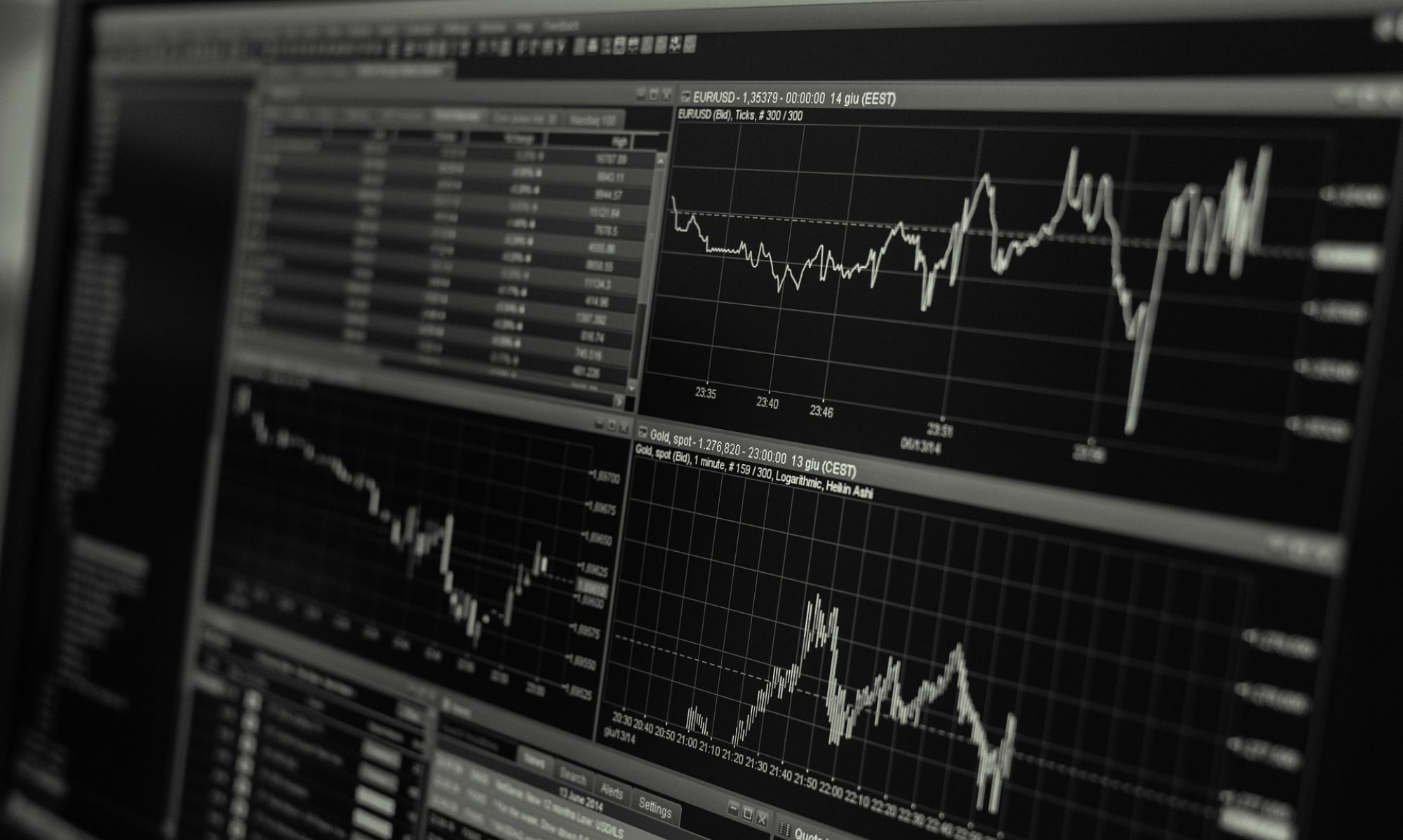Imagine a world where we could predict the next political leader, medicine for a new virus or even predict where the next crime will take place. Thanks to the technology of predictive analytics these theories are increasingly a reality. Predictive analytics uses an assortment of technology that’s capable of discovering and analysing patterns in data to predict future outcomes.
Before computers, there were limited techniques to collect, store and analyse data to gain many benefits from. Now, Shultz (2019) states that as of 2019 there are over 4.4 billion internet users. This causes an explosive growth of data to become easily accessible including data such as; the routes people take to work, popular Netflix programs, who people connect with and how people spend their money.
This data, in its raw form, is useless unless it can be deciphered into useable data.
This is where predictive analytics makes its appearance, if we can analyse this enormous amount of constantly expanding data every day and learn from its content, we suddenly have insight into a variety of industries including marketing, consumerism, law enforcement, weather systems, social lifestyles, politics, insurance, medicine, transport and the economy to name a few.
With prediction comes the benefit of efficiency and reduced risk. Many organisations have realised the emerging potential of predictive analytics and strive to incorporate it into everyday business. Primarily, predictive analytics is used successfully in the marketing industry most notably by Amazon. More recently, in the case of law enforcement, predictive analytics was applied to previous crime data to predict the location of crime in the future and dispatch police to patrol certain areas. (Siegel, 2013, p.51).
Accenture (2019) offers a simple overview in the video below.

